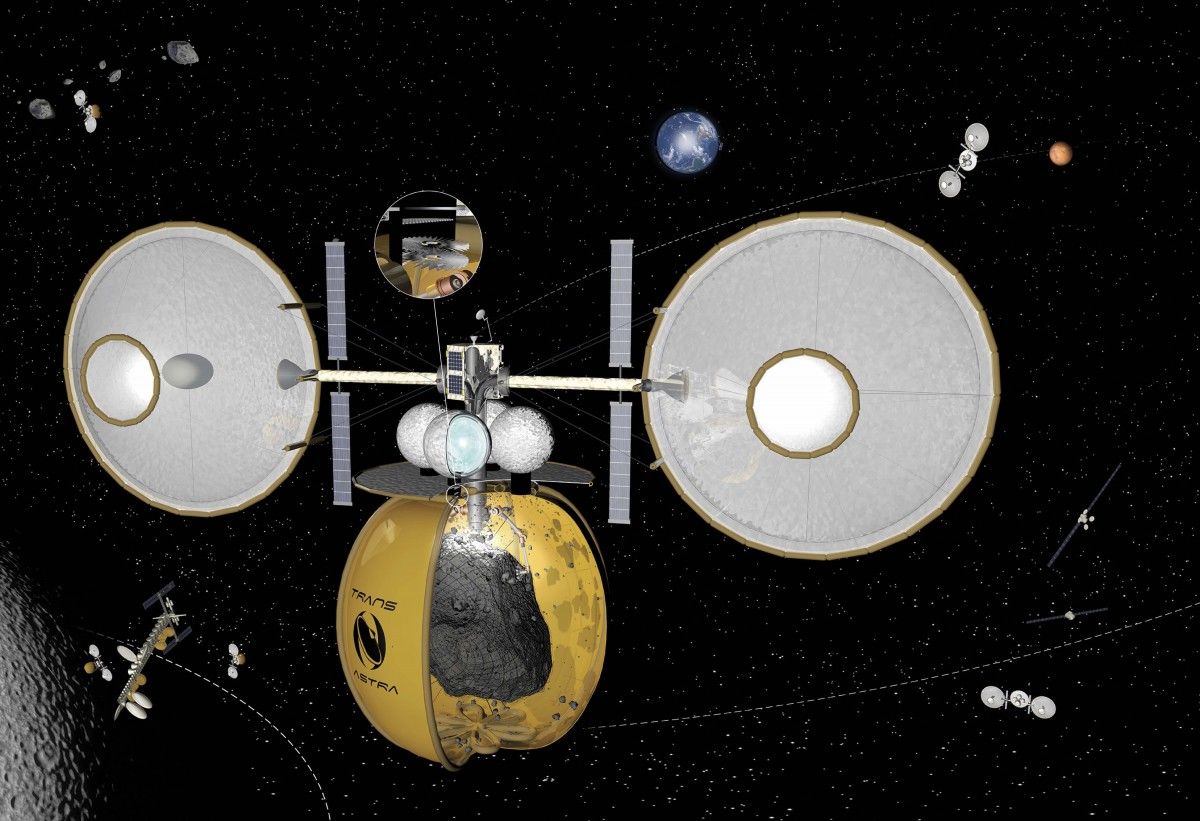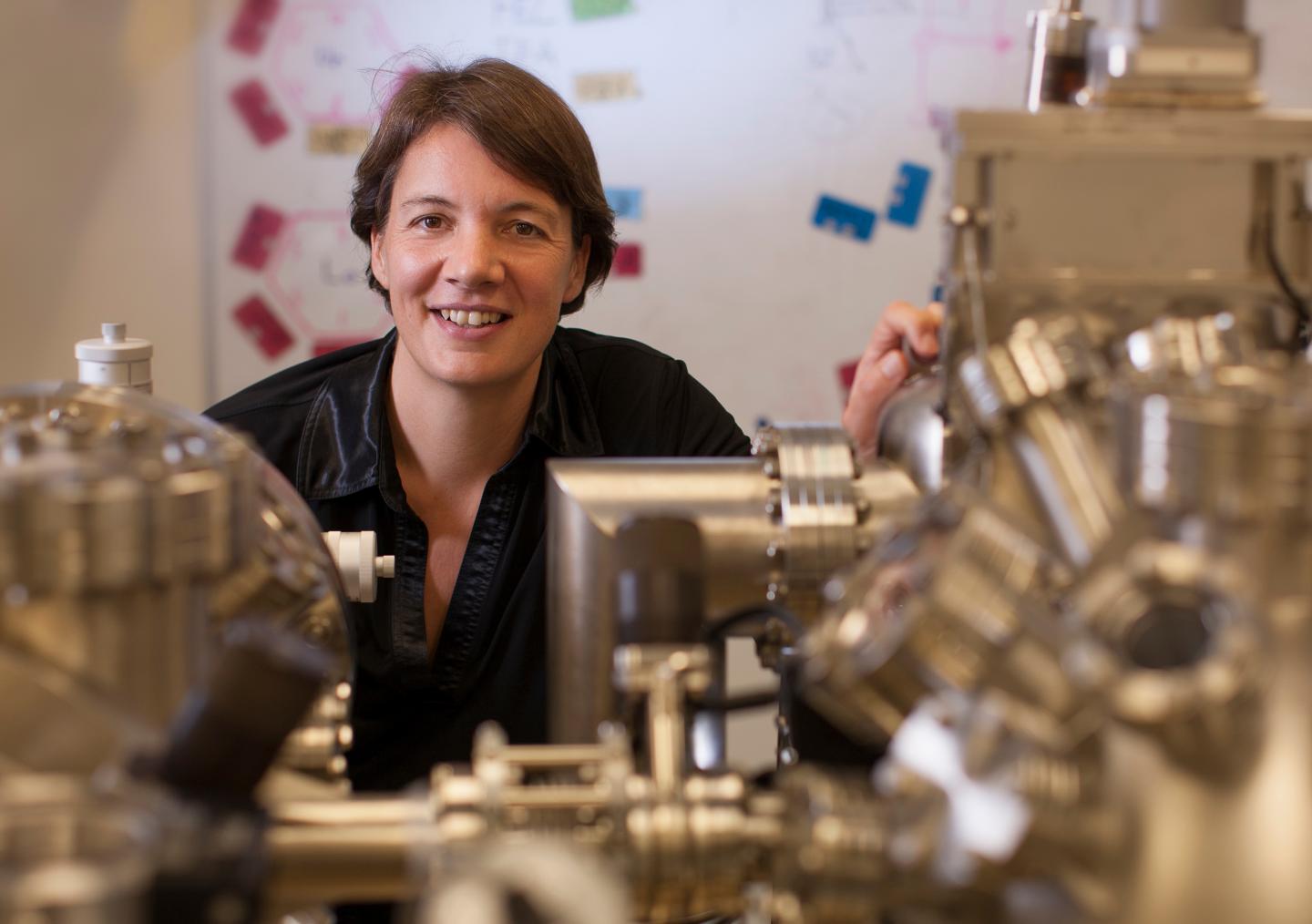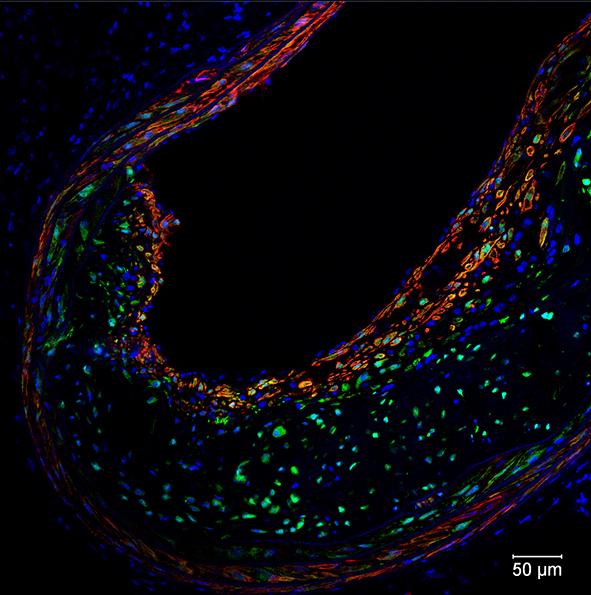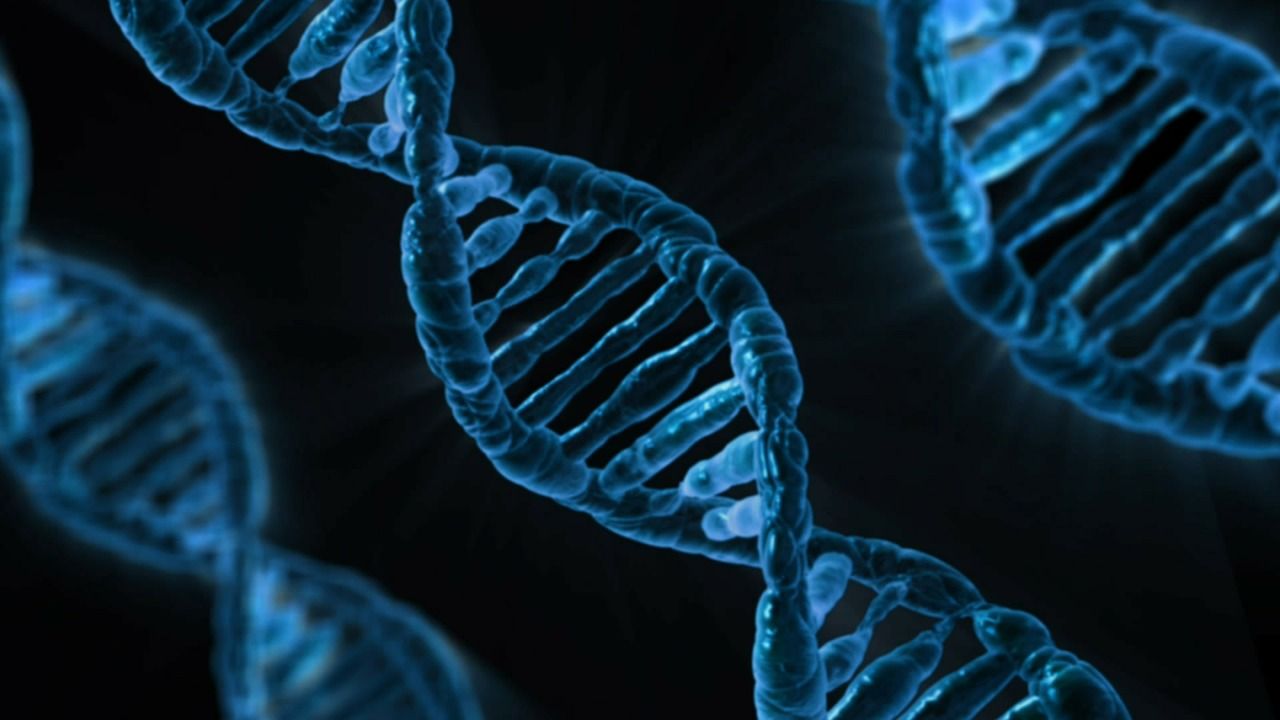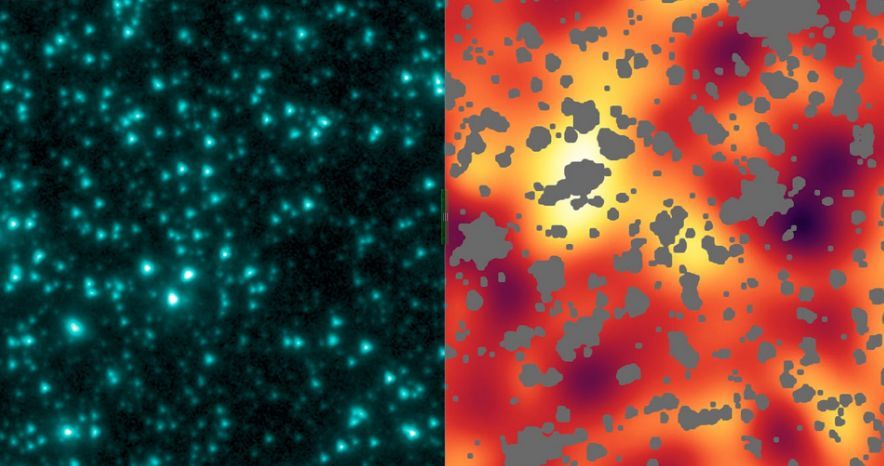May 24, 2016
How To ‘Optically-Mine’ Water From An Asteroid
Posted by Bruce Dorminey in categories: energy, space
A more efficient way to mine water and other chemical volatiles to create rocket fuel in situ is arguably the fastest way to colonize the Moon and Mars.
Despite the recent buzz about eventually mining asteroids for metals, their real near-term value may be as space-based sources of water and carbon dioxide from which to make rocket propellant. The trick is in mining such volatile compounds efficiently enough to convert them to fuel in situ. That is, without having to import such resources from gravitationally-bound, planetary surfaces like the Moon, Mars or even Earth.
Here’s where a potentially revolutionary patent pending process dubbed “Optical-Mining” would figure in. The idea is to use this new technology to excavate both water ices and other volatile compounds from small 10 meter-diameter Near-Earth Asteroids. If successful, such an In Situ Resource Utilization (ISRU) asteroid-mining operation could mark the tipping point in viably extracting resources from thousands of such asteroids.
Continue reading “How To ‘Optically-Mine’ Water From An Asteroid” »
